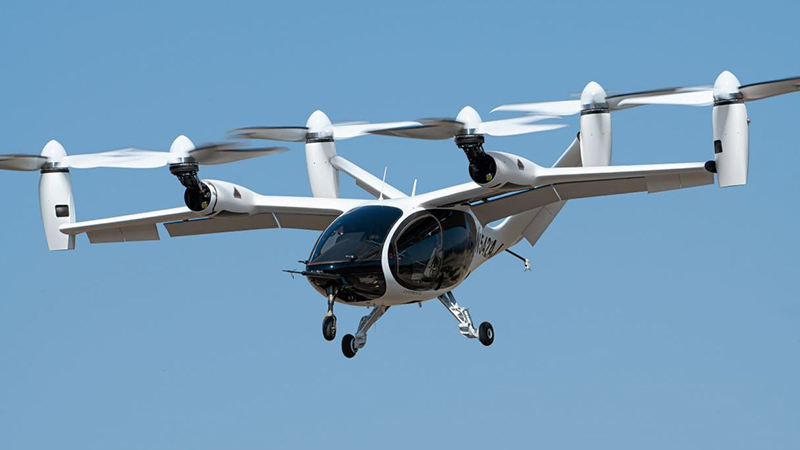

Image Courtesy: Joby Aviation
If Morgan Stanley’s predictions are right and the global eVTOL market could be worth $9 trillion by 2050, Joby Aviation shareholders could be forgiven for getting a little jittery.
In February, one of its only two prototypes crashed during speed trials at the company's California test site. No injuries were reported.
Despite the eye-watering costs of replacing or rebuilding a piece of technology of this significance and the predictable wobble in share prices, there is a positive spin.
This incident could lead to improved safety within the industry.
Following two major crashes, large companies like Boeing and Airbus became the subject of increased regulation to stop them from happening again. This is why EASA criteria is so strict and why it takes so long to gain certification.
But the crash landing of a DHL-operated Boeing 757-200 cargo aircraft in Costa Rica on April 7th highlights the need for continual vigilance.
Whilst there’s no doubt that the loss of its prototype is a setback for Joby, the future of the eVTOL industry is likely to be safer because of it.
The American writer, Mark Twain famously called the greatest of all inventors ‘Accident’. Some of the most monumental technological advancements have come out of failure.
James Dyson built 5,271 prototypes before he hit upon the one that worked. It took Thomas Edison 1,000 attempts to invent the light bulb.
Getting things wrong makes us try harder to get them right. Failure can be the catalyst that sparks innovation leading to momentous breakthroughs that can change our world.
Accidents, by their very nature, also force us to push ever further to make new and emerging technologies safe.
When it crashed, the Joby eVTOL prototype was travelling at ground speeds of up to 276 mph (444 km/h), significantly above its advertised top speed of 200 mph (322 km/h).
Lessons learned from accidents inspire engineers to build in extra safety features into their designs. Some notable examples in eVTOL technology include:
Joby has already returned to flight testing with its second prototype. But if the eVTOL industry is to ever fully take off and fulfil its huge potential, safety must be paramount, and the highest possible levels of reliability and function achieved.